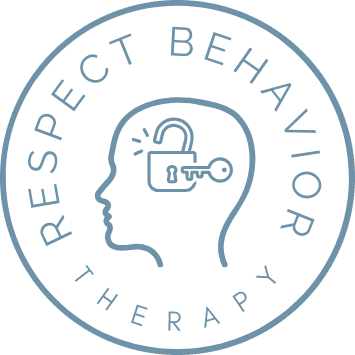Is ABA Applied Behavior Analysis Therapy Effective?

Posted on October 11th, 2023
Applied Behavior Analysis (ABA) therapy is a popular subject in both professional and layman circles. It has been discussed, debated, and dissected for its approach and results. Parents, educators, therapists, and those on the autism spectrum have posed a crucial question: Is ABA therapy effective? Here, we'll explore this therapy in-depth, from its principles to its impact.
Understanding ABA Therapy:
ABA, or Applied Behavior Analysis, is a therapeutic method rooted in the principles of learning and behavior. Initially designed to address the needs of individuals with autism, ABA's primary goals are to amplify positive behaviors and curtail those that may inhibit learning or be harmful.
The solid evidence behind ABA:
Research has been a strong advocate for ABA therapy. When commenced early in childhood, it has shown considerable benefits:
Early Intervention: Dr. Ivar Lovaas's 1987 study is a testament to this. His research exhibited that children undergoing intensive ABA therapy over several years manifested significant enhancements in their IQ, verbal skills, and social interactions.
Skill Acquisition: ABA techniques have a proven track record in assisting children with autism. Skills like communication, self-care, social interaction, play, and even academics can be developed and honed.
Behavioral Improvements: ABA has a noteworthy record of diminishing problematic behaviors, such as tantrums, self-injury, and aggression.
The Bright Side of ABA Therapy:
The advantages of ABA therapy are multifaceted.
Customized to Needs: Each ABA program is tailor-made, aligning with the individual's unique needs and adapting as these needs evolve.
Data-centric: ABA isn’t about gut feelings. Therapists gather data to gauge progress, ensuring the therapy remains effective and adapting interventions as and when required.
Universal Application: One of the hallmarks of ABA techniques is the emphasis on teaching skills that can be utilized across diverse settings. This ensures skills aren't confined to the therapy room.
The Caveats of ABA:
While ABA has its proponents, it also has its critics.
Intensity: The extensive hours (often 20–40 a week) demanded by ABA can be daunting and stressful for children.
Focus on Compliance: There's a sentiment in the autism community that ABA overly emphasizes making children appear "normal," potentially sidelining their individuality.
Ethical Dilemmas: Some traditional ABA programs employ aversives, which have been controversial. However, such methods are rare in contemporary ABA practices.
In Conclusion:
ABA therapy isn't one-size-fits-all. It may work wonders for some while being less effective for others. Its success hinges on factors such as the individual’s specific needs, the therapist's expertise, and the therapy's objectives. It's imperative for parents and caregivers to be well-informed, consider diverse viewpoints, and seek therapists who uphold ethical standards. A collaborative approach involving the therapist, the individual, and the family can ensure ABA—or any therapeutic approach—yields the best results.
